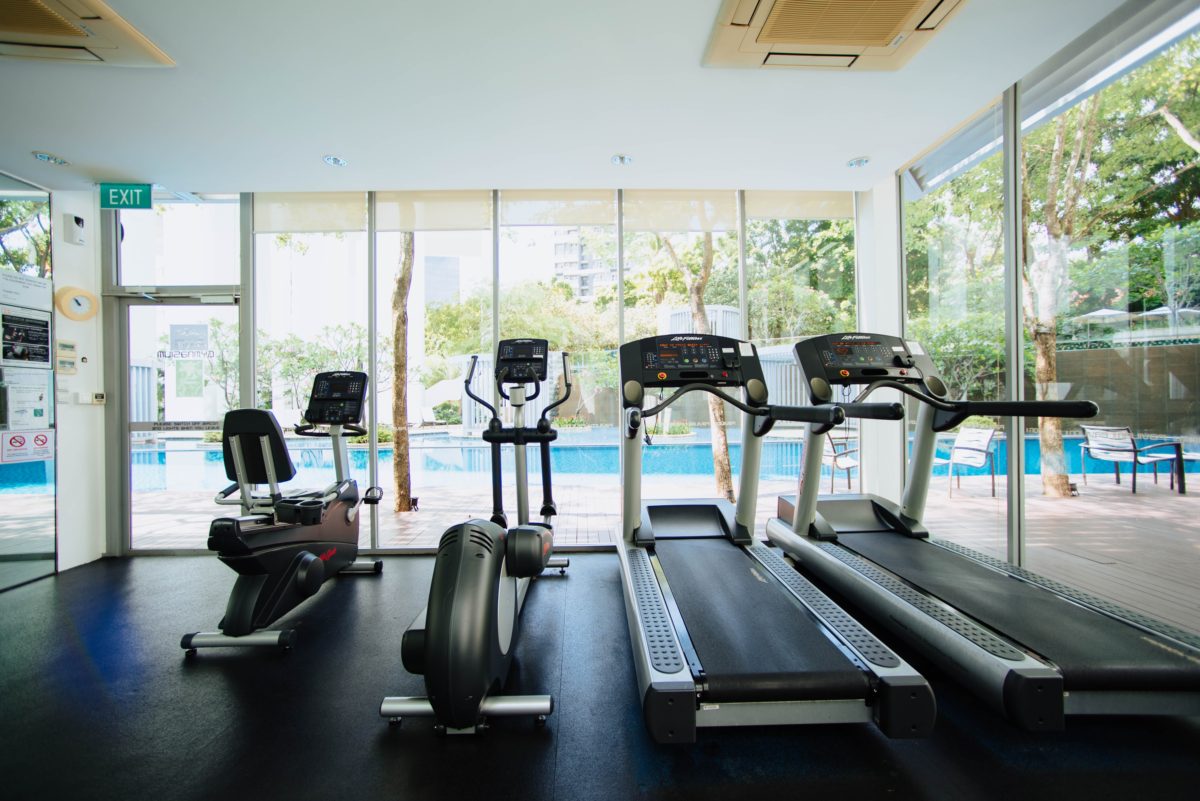Treadmill Running
If you’re a runner you have no doubt been on one. If you are not a runner you have no doubt seen or heard of one. Treadmills certainly have their place be it an alternative to the icy and slippery routes in the winter months, returning from injury or just a good old run with no frills.
Unfortunately what the manuals don’t tell you is there are a few adjustments needed. These adjustments allow you to mimic a more natural outdoor run and to reduce the likelihood of injury.
As you know treadmills by design do a lot of the work for you, thanks to their belts rotating below your feet. All you are technically doing is lifting your feet and running on the spot.
So how do you make the run a little more natural so that it mimics the outdoors? Well, let’s highlight a few things first and you can make an informed decision thereafter.
Resistance
There is little to no air resistance when using a treadmill. That means you save energy when running – a lot of it. Run at speeds of around 7-8km/hr you use about 5% less energy than you would outdoors. Run at 10-12km/hr and you are saving a whopping 10% energy.
Effort
There is also less effort due to the belts carrying effect. Whereas, outdoors you use the power of your own muscles to carry the legs through a full cycle. The treadmill now is partially doing it for you.
Common Technique Deviations
3 of the most common deviations of correct running technique on the treadmill are over striding, bending and landing on your heels.
The very nature of the treadmill is that it pulls your leg backwards as opposed to when you are running outdoors you are pulling the leg forward. When the treadmill takes your leg too far back you are forced to over compensate with the lead leg. This in turn results in over striding.
Over striding
Over striding by nature results in you landing on your heels, which increases the impact on your joints to triple and some. This unnatural landing may result in ITB syndrome, stress fractures and other injuries.
Your ability to naturally lean forward on a treadmill is also negated due to the mechanics of the treadmill. You can reinstate your ability to lean forward into the run by by setting the incline to 1 degree. This natural lean or falling is the key to your natural running speed.
Bending
Bending at the waist is another area of concern for those on the treadmill. This is in part due to over striding, weak stabilising muscles and / or poor technique. If you get off the treadmill and feel the back is tender then you are probably bending excessively.
Over striding may result in our cadence slowing down. This may not sound like such a big deal but the high correlation between ground contact time and lower leg injuries is well documented. The more time we spend on the ground in the running cycle the more likely we are to get injured. Did you know top sprinters spend less than 3 seconds of their 100m race in contact with the ground? So up your cadence. This reduces ground contact time and naturally shortens your stride, which in turn reduces potential injury.
Options
A few ideas you could do to try to mimic a more natural outdoor run. (1) Start the treadmill up and get to a comfortable pace. (2) Keep the treadmill speed as is. (3) Slow your speed down keeping your cadence up. (4) Allow the treadmill to carry you to the back of the treadmill belt where the rear rollers are. As you feel the rollers nip at the bottom of your feet or just before you feel them, (5) quickly pick up the pace and run towards the front of the treadmill. Repeat. You therefore look as though you are running forward, slowing down, moving towards the back of the treadmill then speeding up and moving forwards again. WARNING: this takes practice and is likely to result in you binning it if you get it wrong so go easy at first. Get it right and your treadmill runs become a game changer.


Leave A Comment